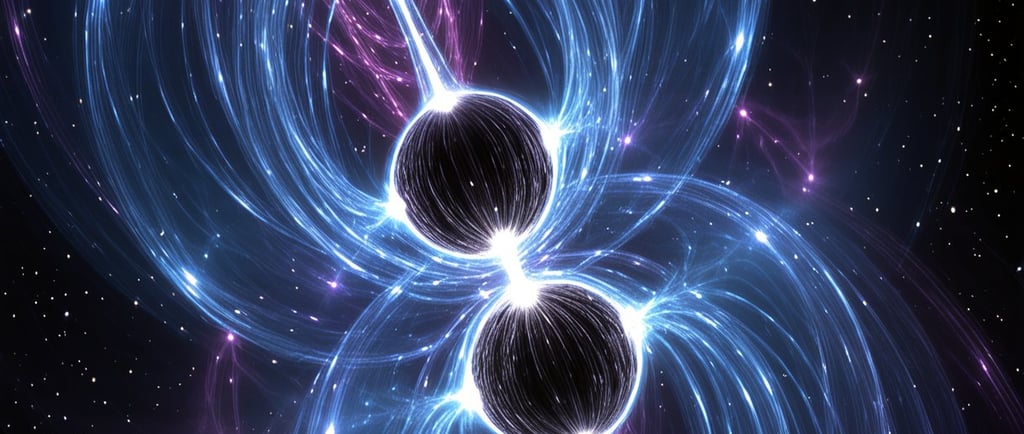The Forming of Magnetar Stars


Introduction to Magnetar Stars
In the vast expanse of the universe, stars are born, evolve, and die, leaving behind a legacy of phenomena that intrigue astronomers and astrophysicists alike. Among these celestial bodies are the rare and extraordinary magnetar stars. Defined by their incredibly powerful magnetic fields, magnetars are a type of neutron star, standing out due to their unique characteristics and enigmatic behavior.
The Distinctive Properties of Blue and White Magnetars
While magnetars can be found in various colors based on their temperature and composition, blue and white magnetar stars present a visual spectacle that captivates observers. These colors are indicative of surface temperatures that can reach tens of millions of degrees. The intense blue and white hues arise from high-energy emissions, showcasing the extreme physical conditions under which these stars exist.
Blue and white magnetars are not merely visually striking; their magnetic fields are among the strongest observed in the universe, often exceeding 1015 gauss. This strength not only alters the behavior of matter surrounding them but also influences the electromagnetic radiation emitted from their surfaces. What’s more, the strong fields can lead to the production of X-rays and gamma rays, transforming these stars into powerful cosmic beacons.
The Role of Magnetars in Astrophysics
Understanding blue and white magnetar stars is crucial in the field of astrophysics, as they can help astronomers unravel the mysteries surrounding stellar evolution and supernova remnants. These stars are believed to form from the remnants of massive stars that have undergone supernova explosions, resulting in an incredibly dense neutron star. The collapse of the core under immense gravitational forces generates the extreme magnetic fields seen in magnetars.
Additionally, magnetars contribute to our understanding of cosmic phenomena such as gamma-ray bursts—one of the universe’s most powerful explosions. Researchers are dedicated to studying these enigmatic celestial objects, as insights garnered from magnetar properties can offer clues about the fundamental forces governing the cosmos. Their unique behaviors, including sporadic emissions of energy, continue to fascinate scientists and inspire investigations into the nature of magnetic fields in the universe.
Conclusion
In summary, blue and white magnetar stars stand as one of the most incredible examples of the universe’s complexities and wonders. Their vibrant colors and formidable magnetic fields not only contribute to the diversity of stellar phenomena but also pose significant questions regarding stellar life cycles and cosmic interactions. As research continues, magnetars will likely reveal even further intricacies of the cosmos, reaffirming the profound mysteries that lie beyond our planet. The journey to understand these remarkable phenomena is ongoing, and their allure will persist as a beacon for future exploration.
